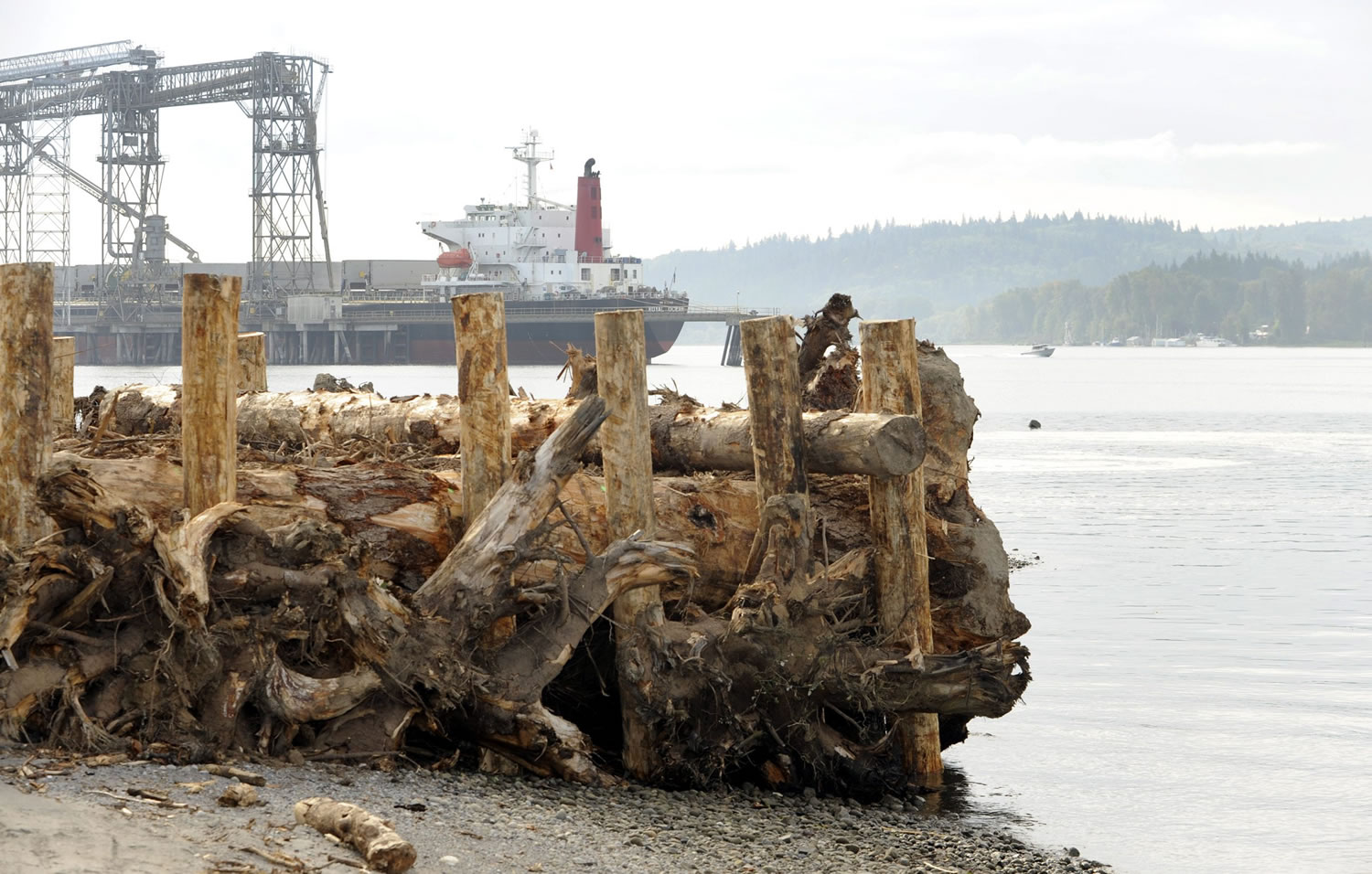Of the nearly $2.5 million in grant dollars distributed through the Community Salmon Fund in what may have been its final round of awards in 2010, almost $250,000 went to Clark County projects or organizations:
Clark Public Utilities: $74,373.78 for Japanese knotweed eradication on Salmon Creek.
Lower Columbia Fish Enhancement Group: $53,580 for Lawton Creek community restoration project.
Lower Columbia Fish Enhancement Group: $39,000 for Pleasant Valley Park spring restoration near Salmon Creek.
Lower Columbia Fish Enhancement Group: $36,000 for nutrient enhancement of local waterways.
Salmon Creek Watershed Council: $29,914.65 for water typing near Salmon Creek.
Lower Columbia Fish Enhancement Group: $16,360 for Woodard Creek restoration project.
Source: National Fish and Wildlife Foundation
Several advocacy groups and nonprofit organizations carry the load of habitat work in Southwest Washington. A partial list of the most active:
Lower Columbia Fish Enhancement Group
Paid staff: four full-time
Annual budget: $900,000 to $1.4 million, depending on grants and workload
Clark Public Utilities’ watershed enhancement program
Paid staff: four full-time
Annual budget: $700,000
Northwest Wild Fish Rescue
Paid staff: none
Annual budget: $3,000
Salmon Creek Watershed Council
Paid staff: none
Annual budget: $15,000 to $20,000
Vancouver Watersheds Alliance
Paid staff: two full-time, one part-time
Annual budget: $175,000
Look around the Lower Columbia Fish Enhancement Group’s office, and Tammy Weisman can tell you where just about everything came from.
Her mother-in-law donated one worn desk. Someone bought that chair at a garage sale. And the executive director’s desk? That’s actually a converted door, laying across broken file cabinets — all in an upstairs room of an old fish hatchery house the organization rents for $250 per month.




